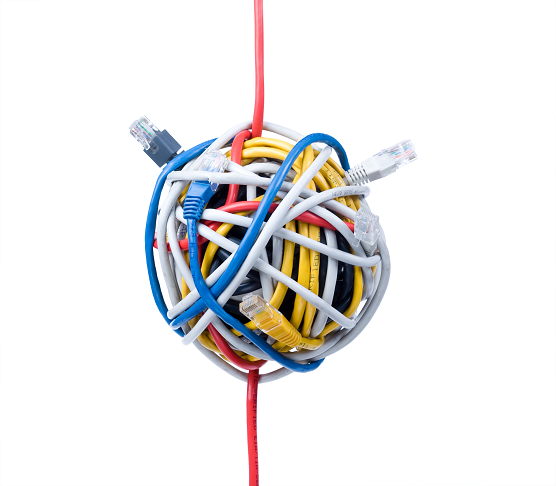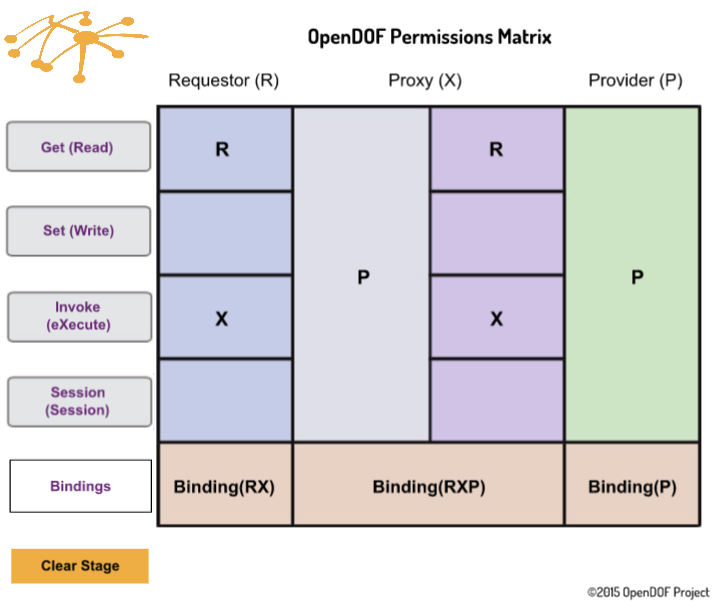OpenDOF is an IOT Framework
The OpenDOF Project is an organization dedicated to the promotion of device networking technology for IoT–an IOT Framework.
The acronym DOF (Distributed Object Framework) refers to a technology that allows many different products, using many different standards, to work together and share information effortlessly across many different networks (e.g., LAN, WAN, Intranet, Internet—any type of network or mesh). At its core, DOF technology was designed to network embedded devices, whether simple or complex. However, to support advanced networking functions for those devices, DOF technology has also evolved into a server technology, appropriate for services that expand the functionality of networked devices, whether those services reside on your own physical servers, or you are taking advantage of advanced cloud technology, such as Amazon Web Services. Ultimately, DOF technology has the flexibility to enhance all products, from the simplest resource-constrained device to the most powerful of computer networks.
Quick Links
Have questions? Looking for support? Check the links below.
Looking for downloads or source code? Want to report an issue?
If you are looking for business and licensing information, please refer to the following:
It’s impossible to anticipate every technical question, but here are pointers to some of the most common places to find answers. These will help you get started!
Please check the “Related” content at the bottom of each post!
Recent Posts
OpenDOF Build Process
The OpenDOF build process is based on using Apache Ant (v1.9.1 or later) as a cross-platform build tool, and Apache Ivy (v2.3.0 or later) as a generic dependency resolution tool. Each module’s build defines the following targets:
Release Announcement for dof-inet-posix 2.0.1
Today we are pleased to announce a patch release of dof-inet-posix 2.0.1.
The POSIX Internet Transport is a C-language implementation of a POSIX, Berkeley socket-based transport for use with the C OAL.
Permissions Matrix
The OpenDOF Permissions Matrix is a simple, interactive demonstration created to let you see how basic permissions work with DOF Technology.
The Matrix displays Operations and their corresponding binding: Get (Read), Set (Write), Invoke (eXecute) and Session (Session). By clicking on one of the four Operations buttons, you will see the binding displayed across a Requestor (R), Proxy (X) and Provider (P).
Along the bottom row, bindings are displayed for each object, in proper order (left to right).


